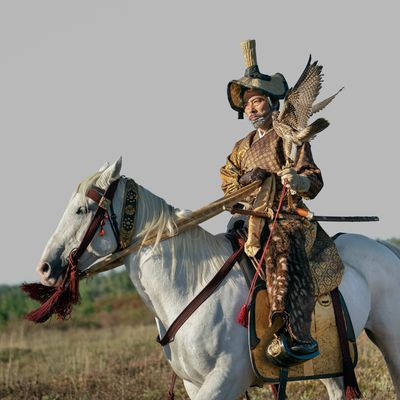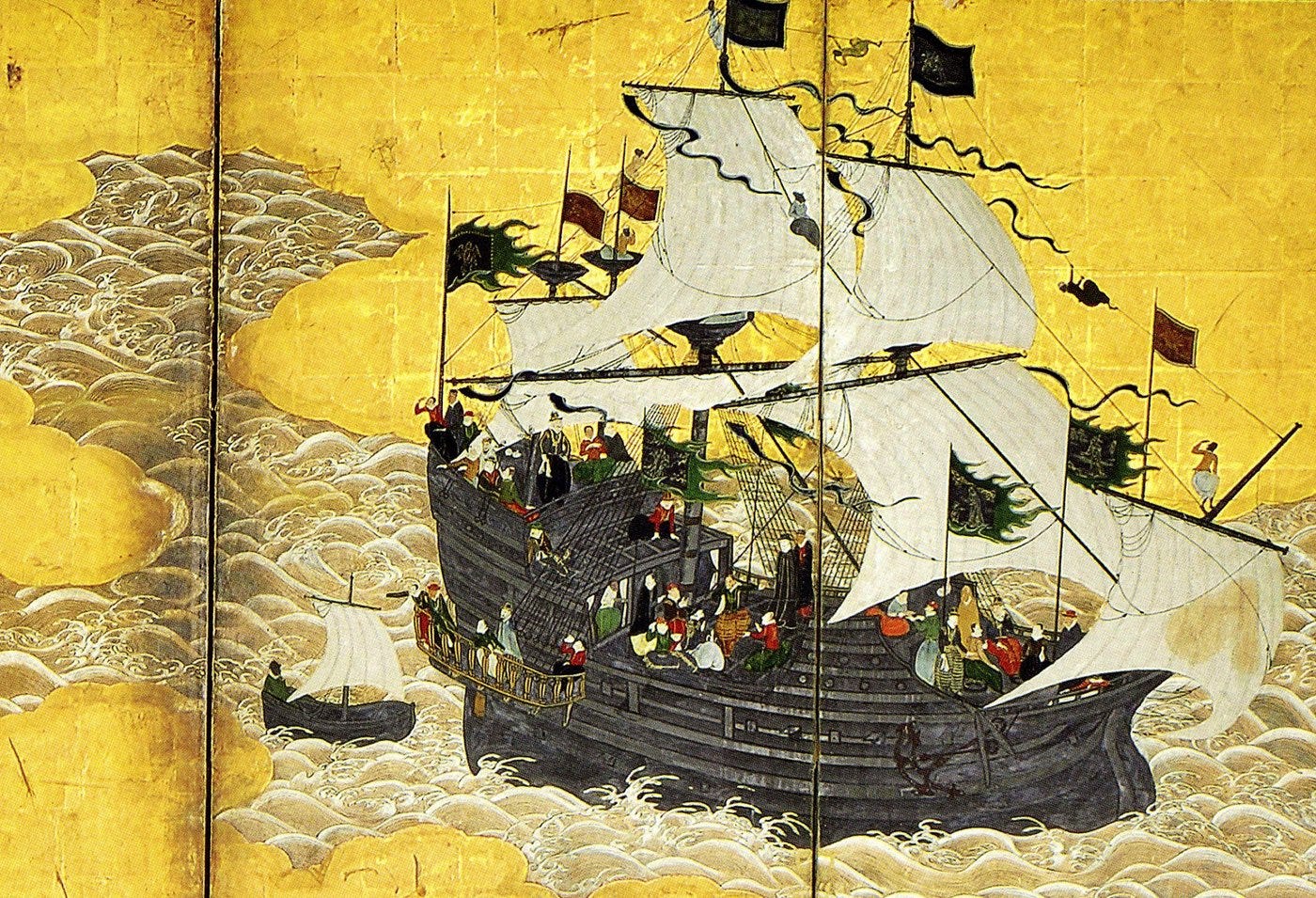Shogun, by James Clavell
The year is 1600. A Dutch ship has arrived in Japan, washing up offshore of Bungo Province, in northeast Kyushu. Aboard is John Blackthorne, a British pilot-navigator. The Dutch are there to trade—but their real mission is to try and wrest commercial control away from the Portuguese in that part of the world. And for some aboard this Protestant ship, they also seek to decisively push back against the dreaded Catholics.
Their arrival was very bad news to the Jesuit missionaries since they had assured the powerful lords of Japan of the great harmony among Christian nations back home in Europe (yeah, right!). So, if the crew is allowed to talk to these lords, the Jesuits would be shown to be liars—And in real life, the Jesuits tried to apply pressure to have the sailors crucified as pirates and heretics. The Shogun hesitated to do this.
Japan had long been a special focus of the Jesuits from the very beginning of their order, when Francis Xavier himself traveled to Kagoshima in the year 1549 with two religious companions and a Japanese interpreter. Xavier promptly fell in love with the country. Calling Japan ‘the joy of his heart,’ he found them to be the most perfect people in the world for understanding his Christian message. For Xavier, Japan was always the foreign nation best suited to Christianity— and so despite increasing persecution of Christians by the Shogunate, the Jesuits kept coming.
I don’t know if scholars still use this term, but the period between 1550-1650 has been called Japan’s “Christian Century.” At first, the Japan Mission was hugely successful—it was said there were some 300,000 converts in the decades after Xavier was there. The early Shoguns were on intimate terms with the Portuguese Jesuits—mainly interested in expanding the silk trade with China, which was handled by Portuguese merchants based in Macau (Chinese silk for Japanese silver).
2.
Silence, by Shusaku Endo
Shusaku Endo is one of my all-time favorite novelists. He is sometimes called the “Graham Greene of Japan”—not just because of his being a Catholic convert. But also like Greene, he is an author interested in characters who travel between worlds. Endo’s novel Silence, considered by many to be his masterpiece, begins with the Portuguese Jesuit priest Christovão Ferreira, who had traveled from Portugal—making the trip aboard a Portuguese carrack from Lisbon to Goa and then to Macau, arriving in Japan in 1609, where he wrote letters back home of great optimism and faith.
Like Blackthorne, who is based on the real life person William Adams, Ferraira had arrived at a time when the shoguns had turned from friendly and accommodating to something more ominous. And in a small way Blackthorne was part of this; for when this Catholic-hating Protestant finally received the ear of the shogun he spared no effort to diminish them.
Endo writes poignantly about the Japanese custom of fumi-e, where suspected Christians were forced to step on images of Christ or Mary. If this didn’t work, the person would be tortured until they recanted. Endo’s novel is about the infamous apostasy of the priest Christovão Ferreira, which led several of his students to travel to Japan from Portugal to try and find out if it was true. Wasn’t it perhaps just Japanese—or maybe Dutch—propaganda? This apostasy was deeply shocking to the Jesuit mission—even many years after the fact. According to Shusaku Endo’s translator William Johnston, in spite of crucifixions, burnings, water-torture and the rest, no missionary had apostatized until Ferreira— and so, just like in Endo’s novel, in real life, people were deeply unsettled.
If a person has nothing they would be willing to die for does it mean they have nothing to live for? That is a Martin Luther King quote— but it also gets at the question at the heart of Endo’s novel. Endo’s own Catholic faith cannot be doubted, but after Silence came out in Japan, many Japanese Catholic intellectuals didn’t much like it—since according to their views, the silence the priest suffered during this meant he must not have had much faith in the first place. Martin Scorsese, who made the movie version (which I never saw) wrote that the book is really about Judas—not about martyrs of faith at all.
3.
I’ve only watched the first episode of Shogun and did not like it very much, though the costumes and acting were just fantastic. I basically agreed with this review in the New Yorker. Most people probably are aware of the impact the Portuguese has in Japan, especially in Kyushu. One of my biggest regrets from my Japan decades was I never made it to Kyushu, despite having a deep interest in seeing it.
Top imports from Portugal included Tempura and my beloved castella cake カステラ also have a Portuguese origin.
And here is a fantastic recipe for Nanban chicken!
The word Nanban (南蛮) means 'Southern barbarians.' A loan word from China, nanban originally signified the peoples of South Asia and Southeast Asia. But with the arrival of the Portuguese, the word came to refer to these westerners too.
Japanese tea ceremony developed during the late 16th century, and some scholars think that chanoyu was in part informed by the Catholic Mass (the method of purifying and handling the cup for example).
A book about real-life Adams: Samurai William: The Englishman Who Opened Japan, by Giles Milton
Also:
Roger Crowley’s Conquerors: How Portugal Forged the First Global Empire
Nanban Folding Screen Masterpieces, by Alexandra Curvelo







I am traveling to Goto Islands for a ten-day stay and just picked up Silence to read during the trip. Thank you for the wonderful post!
Wonderfully written, I hope one day I can go to Japan and visit some churches and historic places.